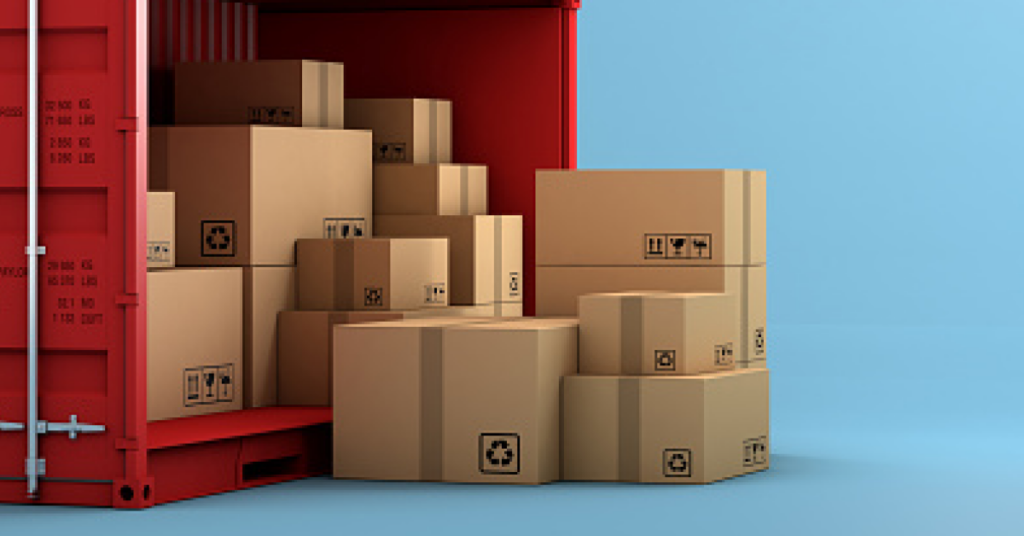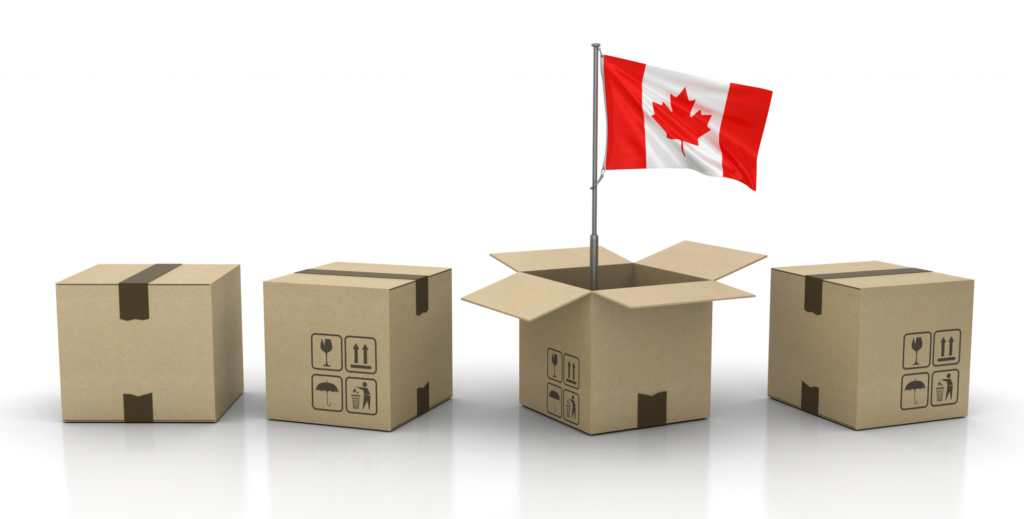What to Know About Tariffs, Duties & De Minimis

Changes to U.S. tariffs are making waves in the cross-border shipping landscape, impacting businesses that rely on international trade. We’re closely monitoring the situation to understand how it may affect duties, de minimis thresholds, and overall shipping costs. For the latest official information, we recommend checking the White House’s fact sheet here.
With so many different fees and rules, international shipping can often feel like being lost in a maze–but it doesn’t have to. In this blog, we’ll break down:
- The differences between de minimis thresholds, tariffs, and duties
- How they affect your bottom line
- Practical ways to stay compliant and reduce customer churn
What Exactly are Tariffs?
Simply put: Tariffs are fees governments place on imported goods. They’re different from duties, which are fixed and based on product value. Tariffs can shift quickly based on trade policy and economic strategy.
Why they matter? Tariffs can directly raise costs, and if you don’t factor them in, your profit margins and customer experience suffer.
What does De Minimis mean?
The term “de minimis” refers to a threshold value for imported goods below which duties and tariffs are waived. This means that if your shipment’s value falls under the de minimis threshold, your customer won’t have to pay these additional costs. This can be a significant advantage for sellers shipping small, low-value items, from small to medium-sized businesses selling t-shirts, to large businesses.
“De minimis” is the term for a value limit on imported goods—if your shipment falls below that amount, duties and tariffs don’t apply. That means your customer won’t have to pay extra fees. It can be a big plus for anyone shipping lower-cost items, whether you’re a small t-shirt brand or a bigger company moving lots of products.
Global Differences: Navigating Varying De Minimis Thresholds
Keep in mind that de minimis thresholds aren’t the same everywhere—they can vary a lot depending on the country. Some countries have a pretty high threshold, but in some places it’s much lower, or there might not be one at all. That’s why it’s super important to do your homework and check the rules for each country you’re shipping to.
Duties vs. Taxes: Understanding the Distinction
People often use “duties” and “taxes” like they mean the same thing, but they’re actually different:
- Duties are fees applied for imported goods, usually based on what the item is and how much it’s worth.
- Taxes, like Value Added Tax (VAT) or Goods and Services Tax (GST), are broader—they apply to both imported and domestically made items.
Both duties and tariffs fall under what’s called indirect taxes.
Knowing the difference helps you stay on top of your costs and explain things clearly to your customers.
Calculate Costs with Our Duty and Tax Calculator
To simplify the process of estimating these costs for you and your customers, we highly recommend using our Duty and Tax Calculator. This tool can help you quickly determine the potential duties and taxes associated with your shipments, allowing you to provide accurate pricing on your products, with no sneaky fees. All you need to know is the correct HS code for each item you’re shipping. To make international shipping easier, we also offer a free HS code lookup tool!
How This Affects Your Bottom Line
Tariffs, duties, and de minimis thresholds can have a real impact on your shipping costs. If you don’t factor them in, your customers might get stuck with surprise charges, and that can lead to returned packages, unhappy buyers, and lost sales. To keep things running smoothly, make sure you’re calculating all the potential costs upfront and keeping your customers in the loop.
Tips for Staying Compliant
Want to avoid delays and headaches at customs? Here are some simple steps that can help:
- Use the right product codes: Make sure your items are properly classified using the correct HS (Harmonized System) codes.
- Get your paperwork right: Always include accurate and complete customs documents—things like commercial invoices and packing slips.
- Stay in the know: Customs rules and tariffs can change, so check in regularly with the latest updates for the countries you ship to.
- Team up with pros: A solid shipping partner who knows international logistics can save you a lot of trouble.
No Surprises for Your Customers with GlobalPost Plus
Nobody likes surprise fees—especially your customers. One of the biggest reasons packages get returned or reviews go south is unexpected duties or taxes on delivery. That’s where GlobalPost Plus comes in.
With GlobalPost Plus, all duties and taxes are paid upfront (it’s called Delivered Duty Paid or DDP), so your customers won’t owe a thing when their package arrives. It’s a smoother, more transparent experience—and it makes a big difference in customer satisfaction and loyalty.
By understanding how tariffs, duties, and de minimis thresholds work—and using tools like our Duty and Tax Calculator and HS Classification Tool—you can take the guesswork out of cross-border shipping and grow your business with confidence.


